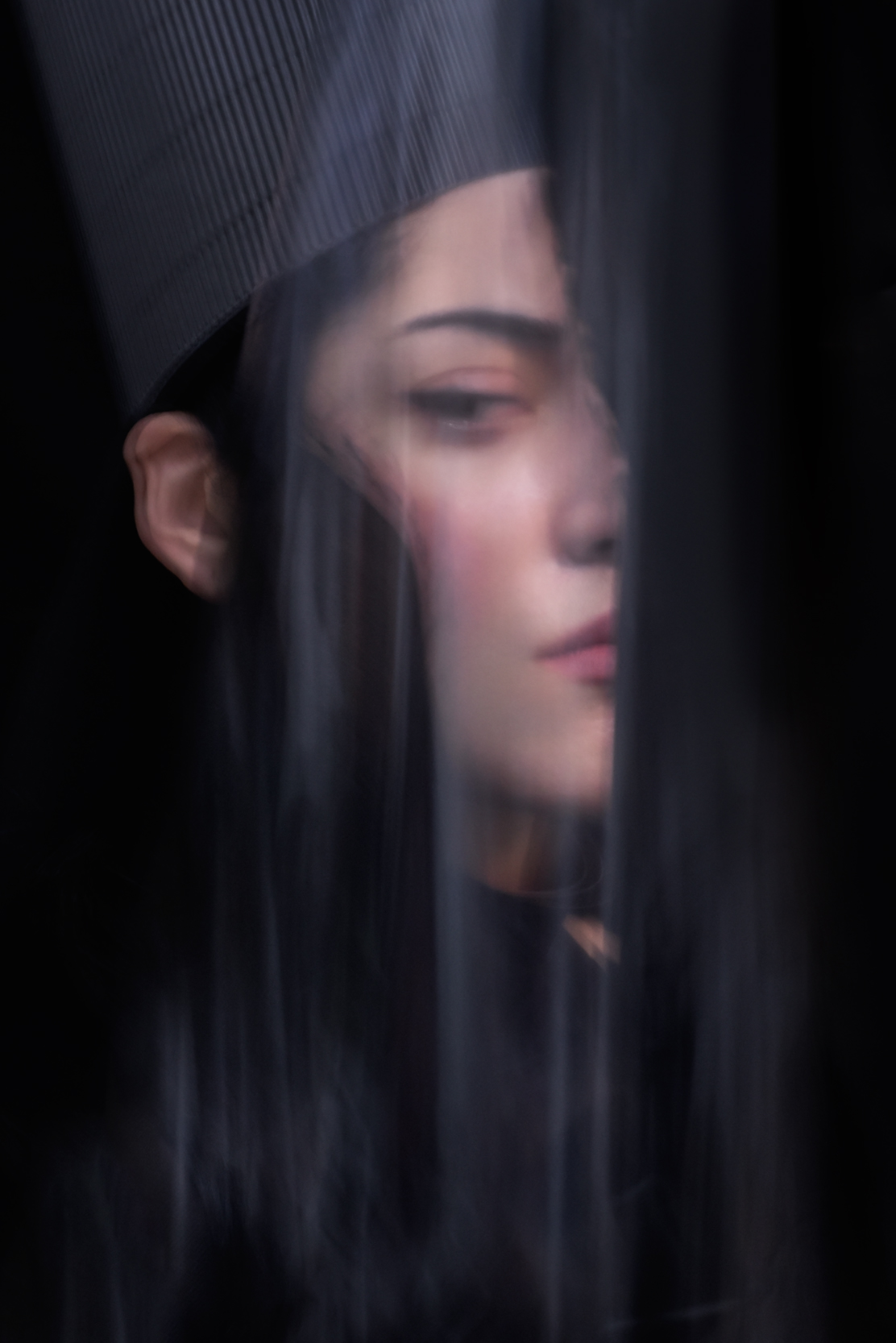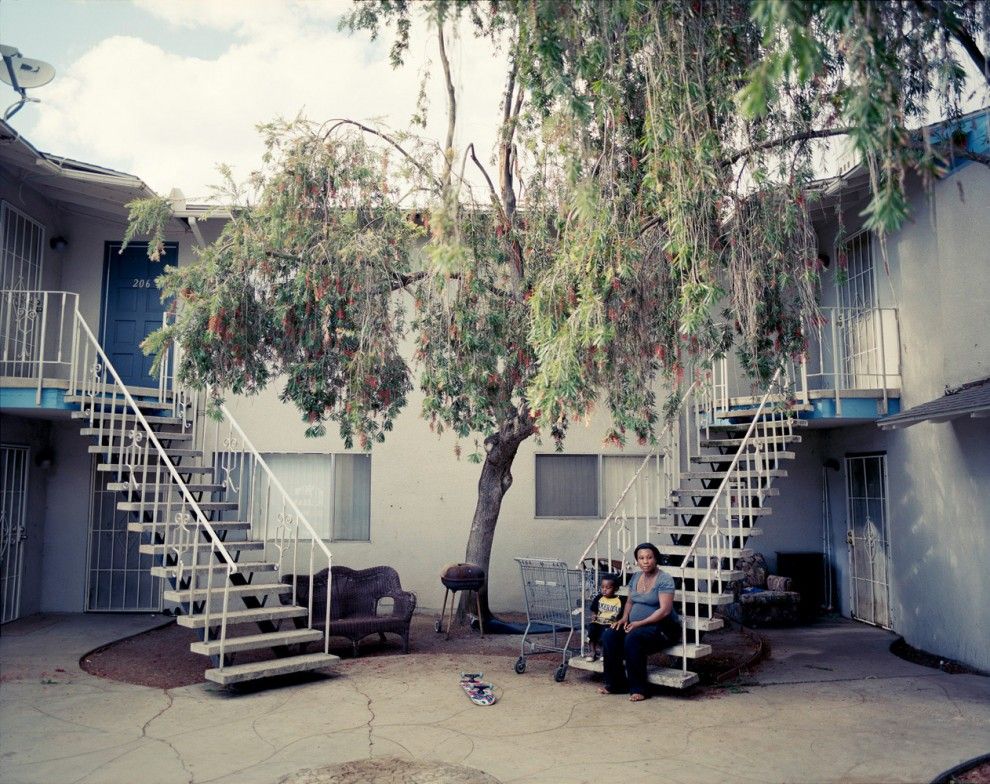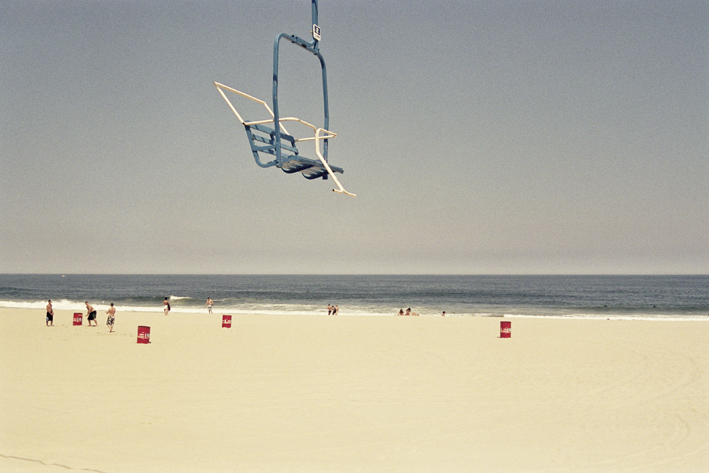‘Alchemy of Form’ is an art photography collaboration between the Dutch artist Eveline van de Griend and the British photographer Matthew Coleman. They were drawn to each other’s work due to each other’s use of color and intensity, and decided to join forces to create a new vision through their collaboration. In a series of portraits that combine the alchemical concepts of colour, material and meaning, with a sculptural view of the female body.
‘Alchemy of Form’ is related to the seven planets and the seven metals that are associated with Alchemy. These include: Saturn (Lead / Black), Jupiter (Tin / Blue), Moon (Silver / White), Mercury (Mercury / Violet), Mars (Iron / Red), Venus (Copper / Green), Sun (Gold / Golden yellow).
Each photo session becomes a performance where Van de Griend applies her painterly eye and sculptural perception making each model a moving work of art. Within the fluidity of these sessions, mystery bursts into being from the collision of art forms.
`Man is a microcosm, or a little world, because he is an extract from all the stars and planets of the whole firmament, from the earth and the elements; and so he is their quintessence.’
- Paracelsus (1493 - 1541), the Swiss physician, alchemist, and astrologer of the German Renaissance.
Now nine from this collaboration have been published on Photo Vogue Italia.















